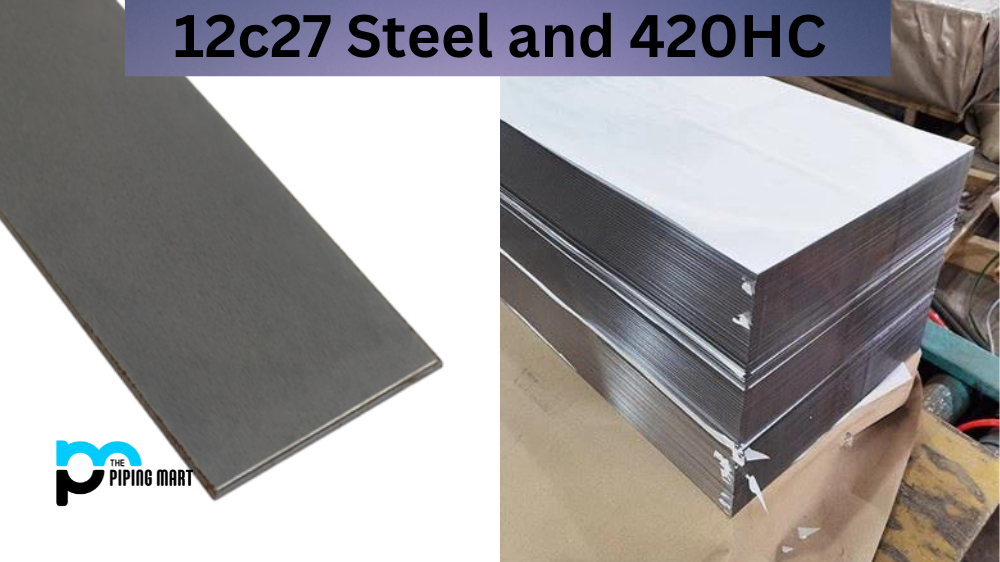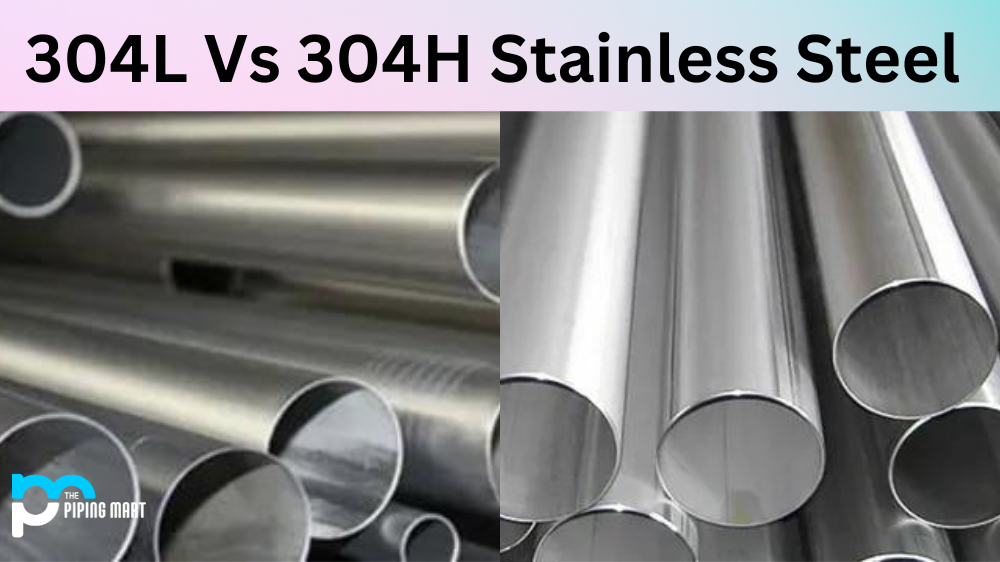Zinc nickel and cadmium plating are popular metal coatings used in various engineering and manufacturing applications. While both processes protect from corrosion, some key differences between them must be considered when deciding which coating is best for your project. Let’s take a look at the pros and cons of each.
Zinc Nickel Plating
Zinc nickel plating is one of the most common forms of electroplating used today. It provides superior protection against corrosion and wear resistance, making it ideal for various applications such as automotive parts, electronics, marine hardware, and more. It also has excellent adhesion properties, allowing it to be applied to various substrates, including steel and aluminium. Additionally, zinc-nickel plating is environmentally friendly since it uses less hazardous chemicals than other metal coatings, such as cadmium plating. Zinc nickel plating is a process that uses an electrolytic solution to deposit a thin layer of zinc and nickel onto a metal surface. This process is often used to protect metals from corrosion and wear.
Cadmium Plating
Cadmium plating is another type of electroplated coating that provides superior protection against corrosion and wear resistance. It is often used in aerospace applications due to its high melting point and ability to withstand extreme temperatures. However, it should be noted that cadmium plating can be toxic if not handled properly and contaminate soil or water if disposed of improperly. For this reason, many companies have opted for the safer alternative of zinc nickel plating instead. Cadmium plating is a process that uses an electrolytic solution to deposit a thin layer of cadmium onto a metal surface. This process is often used to protect metals from corrosion and wear.
Advantages of Zinc Nickel Plating
Some of the advantages of zinc nickel plating include its resistance to corrosion, its ability to provide a barrier against wear, and its compatibility with many different types of metals. Additionally, zinc-nickel plating is less toxic than cadmium plating and does not require hazardous chemicals.
Advantages of Cadmium Plating
Some of the advantages of cadmium plating include its resistance to corrosion, its ability to provide a barrier against wear, and its compatibility with many different types of metals. Additionally, cadmium plating has a lower risk of hydrogen embrittlement than zinc-nickel plating.
Disadvantages of Zinc Nickel Plating
Some disadvantages of zinc nickel plating include its high cost, its tendency to form pits and cracks, and its susceptibility to hydrogen embrittlement. Additionally, zinc-nickel plating is more challenging than cadmium plating and can be toxic if inhaled or ingested.
Conclusion:
In conclusion, zinc-nickel plating and cadmium plating are two popular methods for protecting metals from corrosion and wear-and-tear damage. While both provide excellent protection against these elements, they each have their unique set of advantages and disadvantages that must be considered when deciding which one is right for your project or application. Ultimately, it comes down to what works best for you while still providing the necessary level of protection against corrosion and wear-and-tear damage that your particular project requires. By considering all factors before making your final decision on which coating to use, you can ensure you are using the most effective option available.
Sakshee is a talented blogger, with a particular focus on the Business and Metal Industry. She is passionate about sharing her insights on various metal products and helping professionals to make a better decisions.




